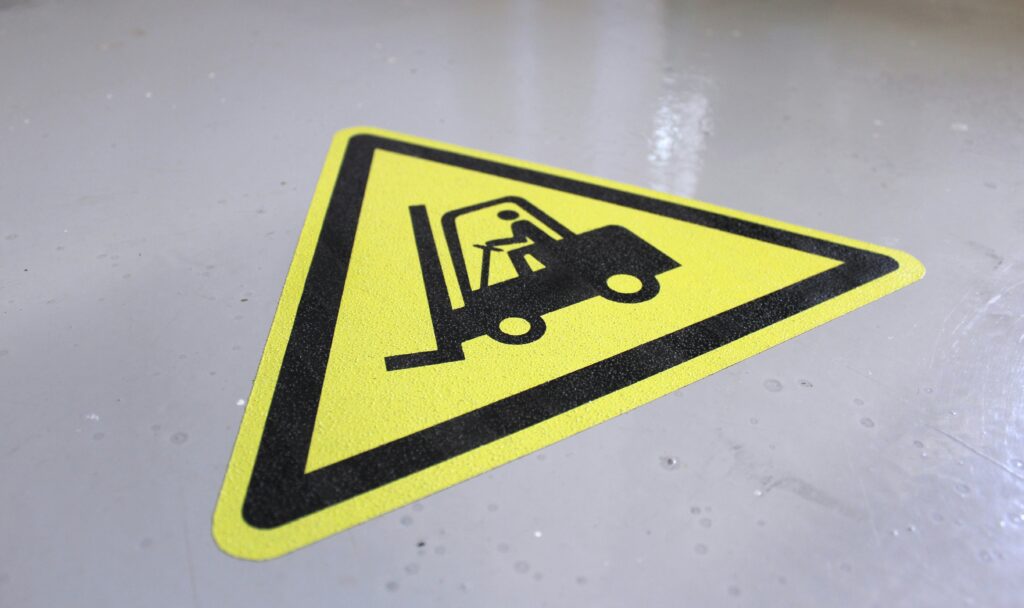Legal Responsibilities in Manual Handling Safety – What Employers Must Know
Introduction
Manual handling is one of the leading causes of workplace injuries worldwide, contributing to back problems, sprains, and musculoskeletal disorders (MSDs). Beyond the human cost, these injuries carry significant financial implications, including medical expenses, workers’ compensation claims, lost productivity, and increased insurance premiums.
Because of its impact on worker health and business performance, governments and regulatory bodies around the world have made manual handling safety a legal requirement. Employers who fail to implement proper controls not only endanger employees but also expose their organizations to financial penalties, legal liabilities, and reputational damage.
In this blog, we’ll explore the legal responsibilities surrounding manual handling safety, why compliance matters, and practical steps employers can take to meet their obligations effectively.
Why Legal Compliance Matters in Manual Handling
Ignoring manual handling laws can have serious consequences for both employees and organizations:
Employee Health Risks – Unsafe practices lead to injuries, chronic pain, and long-term disability, affecting quality of life and work ability.
Financial Costs – Injuries result in compensation claims, lost productivity, overtime costs for replacement workers, and higher insurance premiums.
Reputation Damage – Non-compliance can harm an organization’s credibility with clients, regulators, and potential employees.
Legal Liability – Failure to comply may result in fines, regulatory investigations, lawsuits, or even criminal charges in severe cases.
Employer Responsibilities Under Law
Employers carry the primary responsibility for ensuring that manual handling tasks are safe and compliant. Key duties include:
1. Risk Assessment
Legally required in most jurisdictions, employers must identify potential hazards in all manual handling tasks.
This includes loads that are too heavy, awkward postures, repetitive movements, slippery surfaces, or poorly lit environments.
Risk assessments should be documented and reviewed regularly, especially when work conditions change.
2. Avoid Hazardous Manual Handling Where Possible
Regulations often require that employers eliminate manual handling risks wherever reasonably practicable.
Solutions can include mechanical aids such as forklifts, conveyors, hoists, or trolleys to reduce the reliance on manual lifting.
3. Reduce Risks if Elimination Isn’t Possible
When manual handling cannot be avoided, employers must implement control measures to minimize risk:
Provide proper equipment, such as lifting belts, ergonomic handles, or height-adjustable trolleys.
Establish safe work systems, including team lifts, load limits, and clear procedures.
Rotate tasks to reduce repetitive strain and overexertion.
4. Provide Training and Information
Employees must receive training in safe lifting techniques, hazard awareness, and proper equipment use.
Clear signage and guidance should reinforce safe practices.
Regular refresher sessions ensure knowledge remains current and applicable to changing work conditions.
5. Monitor and Review
Conduct periodic safety audits to confirm compliance.
Review risk assessments whenever processes, equipment, or staffing levels change.
Encourage feedback from employees to identify potential hazards that may not be obvious to supervisors.
Employee Responsibilities Under Law
Legal compliance is a shared responsibility. Workers also have duties to help maintain a safe workplace:
Follow training and safety instructions provided by the employer.
Use equipment correctly, including mechanical aids and PPE.
Report hazards or unsafe practices immediately so that corrective actions can be taken.
A collaborative approach ensures that safety is a team effort, reducing accidents and protecting everyone involved.
Consequences of Non-Compliance
Failing to follow manual handling regulations can lead to:
Fines and Penalties – Safety authorities often impose substantial fines on non-compliant businesses.
Compensation Claims – Injured workers may claim medical expenses, lost wages, and damages.
Legal Action – In severe cases, employers may face lawsuits or criminal charges.
Business Disruption – Investigations, downtime, and reputational damage can significantly impact operations and profitability.
Best Practices for Compliance
✅ Regular Manual Handling Risk Assessments – Identify hazards before they result in injury.
✅ Invest in Ergonomic Equipment and Mechanical Aids – Simple tools can prevent costly injuries.
✅ Provide Ongoing Training and Refresher Sessions – Keep staff updated on safe techniques and hazard awareness.
✅ Encourage a Safety-First Workplace Culture – Promote reporting of unsafe practices and proactive risk management.
✅ Maintain Detailed Records – Document training, incident reports, and risk assessments for compliance and auditing purposes.
Conclusion
Manual handling is not just a safety issue; it is a legal obligation. Employers must comply with regulations by conducting risk assessments, providing training, using equipment effectively, and reducing risks wherever possible.
By meeting these responsibilities, businesses protect employees, avoid legal trouble, and create a safe, productive, and compliant workplace. A proactive approach to manual handling safety is both responsible and cost-effective, safeguarding human health and organizational performance alike.


